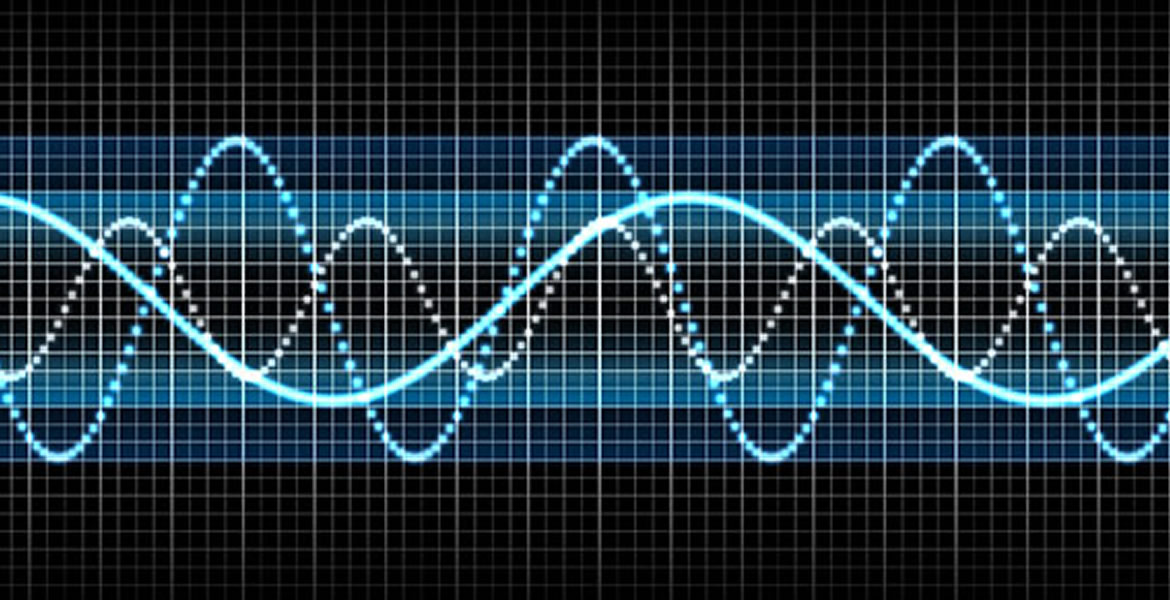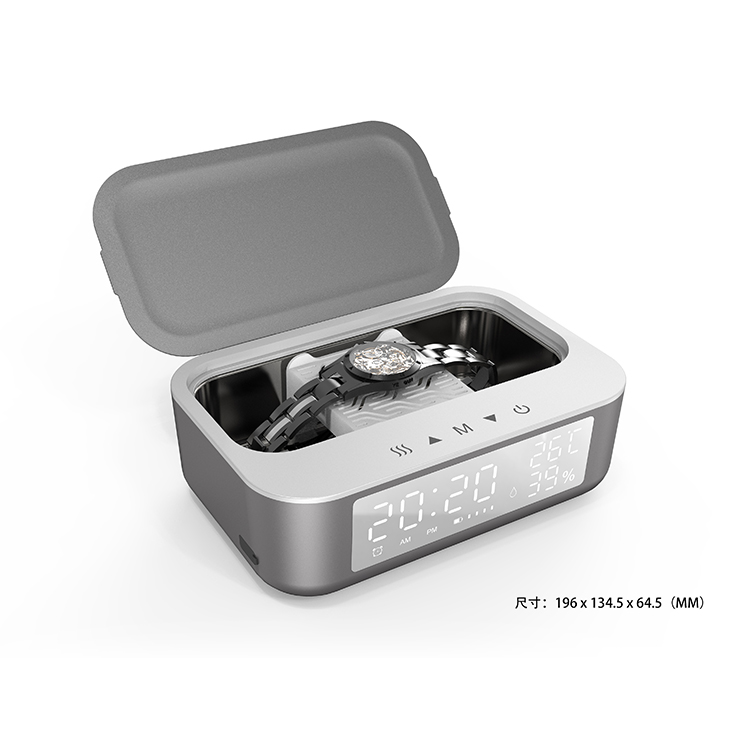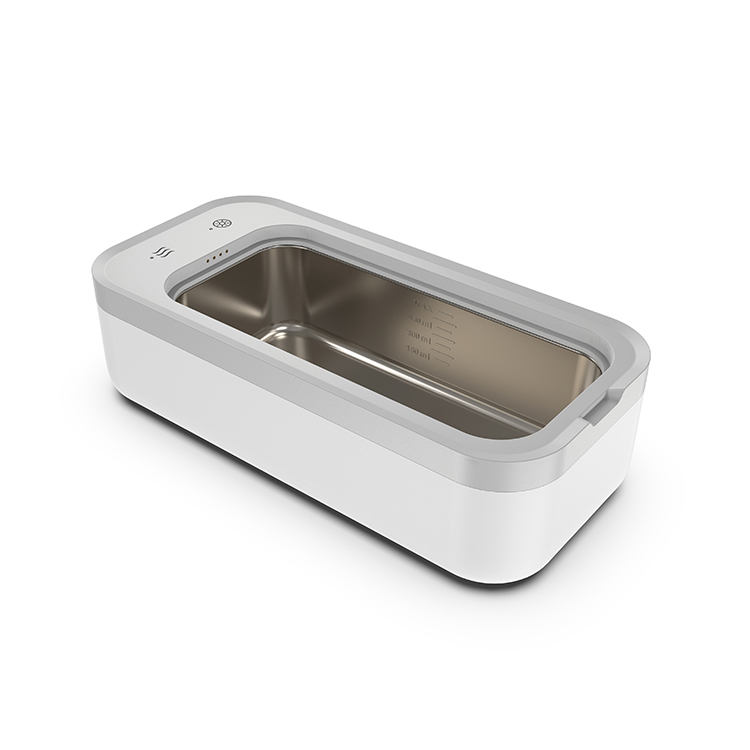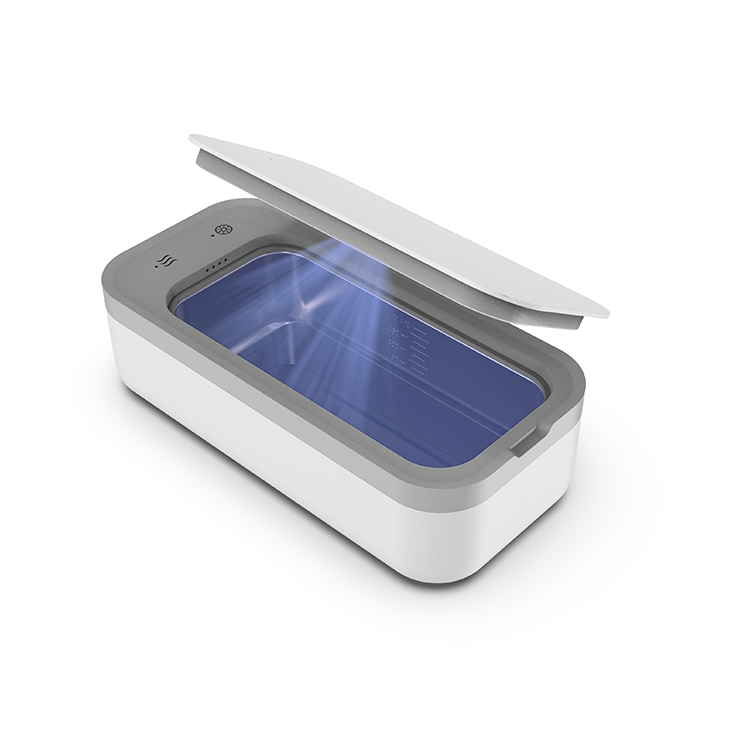The Basic Concept of Ultrasonic
2021 - Jul - 09 Ella
7. Easy To Use
Our Ready, Set, Pro Easy-Start guide will have you up and running within minutes – no complicated manuals or heavy equipment needed for the portable self professional massager tool.As everyone knows the hearing frequency range of human being is 16~20 KHz, below it,we call infrasound, above that ---ultrasonic,both of them cannot be heard.

However, ultrasound is commonly used here and there based on its high frequency.
As is mentioned with the development of industry, the workpieces cleaned by ultrasonic cleaners are becoming more and more refined, and the requirements for the cleanliness of the workpieces are getting higher and higher. Therefore, from the cleaning effect and economic considerations, how to correctly choose the frequency and power of ultrasonic cleaning appears very important, generally, you need to obtain data from experiments.
There are two concepts here: power and frequency. In ultrasonic precision cleaning, when the cleaning effect cannot be achieved after a certain frequency of ultrasonic cleaning, if the impurity particles to be removed on the workpiece are large, the ultrasonic power may be insufficient. Generally, increasing the ultrasonic power can solve the problem; but On the contrary, if the impurity particles to be removed on the workpiece are very small, no matter how the power is increased, the cleaning requirements will not be met. The reason is that when the liquid flows over the surface of the workpiece, a viscous film is formed. At low frequencies, the viscous film is generally thick, and small particles are buried in it. No matter how high the ultrasonic power (intensity), the cavitation bubbles cannot contact the small particles, so the small particles cannot be completely removed; and when the ultrasonic frequency increases At this time, the thickness of the adhesive film will be reduced, and the cavitation bubbles generated by the ultrasonic wave can contact the small particles and peel them off the surface of the workpiece. Therefore, the effect of low-frequency ultrasound in removing large particles of impurities is very good, but the effect of removing small particles of impurities is very poor. Relatively speaking, high-frequency ultrasound is particularly effective in removing small particles of impurities.
Usually ,there is no need to understand the working theory ,just being clear about how to use machine ,How to achieve the best ultrasonic cleaning effect? There are many conditions that can determine the final cleaning effect, the most important of which is to choose the right cleaning fluid, clean at the right temperature for the right time, and choose the right size and type of ultrasonic cleaning machine.
Will ultrasonic cleaning damage my workpiece? Ultrasonic cleaning is safe for most workpieces. The energy generated by the implosion of thousands of bubbles per second is huge, but because the energy is concentrated in an extremely small area, the entire cleaning process is safe. The most cautious consideration for safety should be the choice of cleaning fluid. The potential damage of the cleaning fluid to the surface of some workpieces may be increased by the use of ultrasonic waves. Ultrasonic cleaning is not recommended for the following gems: opal, pearl, jade, tanzanite, malachite, emerald, lapis lazuli and coral.




- Preview:Null
- Next:True Wireless Bluetooth Noise Cancelling Headphones



